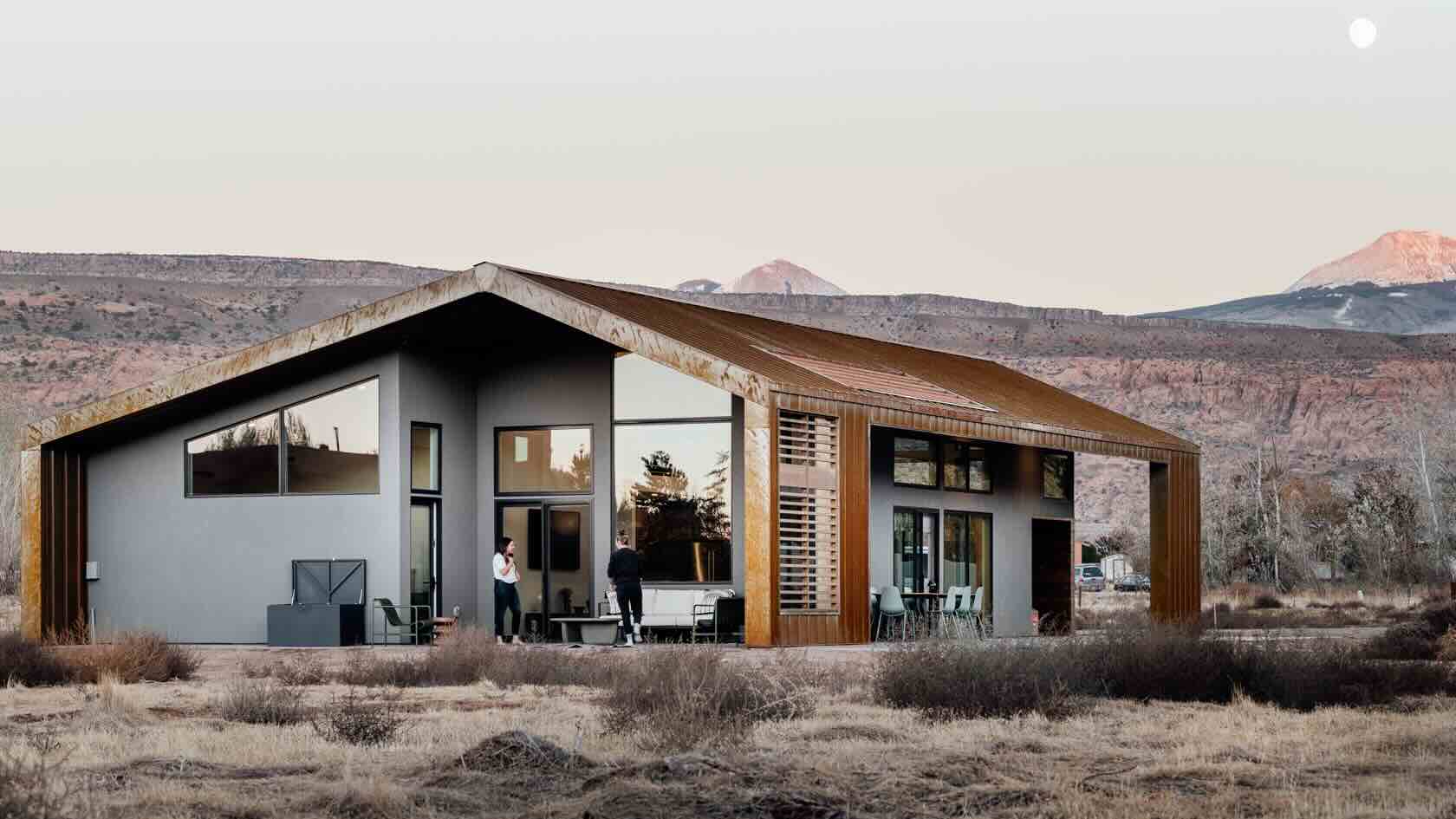
We live in a world of limited resources, and the AEC industry not only has a large impact on the use of those resources, but also the overall health of our planet. As designers, it is important to consider the impact of the project not only on the environment, but also on the health of its occupants.
In this course, we’ll discuss how to better identify and reduce a design’s carbon footprint using Building Information Modeling (BIM). Specifying high-quality, sustainable materials for interiors can not only lead to longer product life cycles and better energy management, but also benefit the overall health of the occupant by limiting the use of toxic substances and volatile organic compounds (VOCs). We’ll demonstrate how BIM gives the designer more control over a building’s level of sustainability – such as generating embodied carbon calculations – and gives the designer more opportunities to enhance the aesthetics and occupant comfort by using a systems approach.